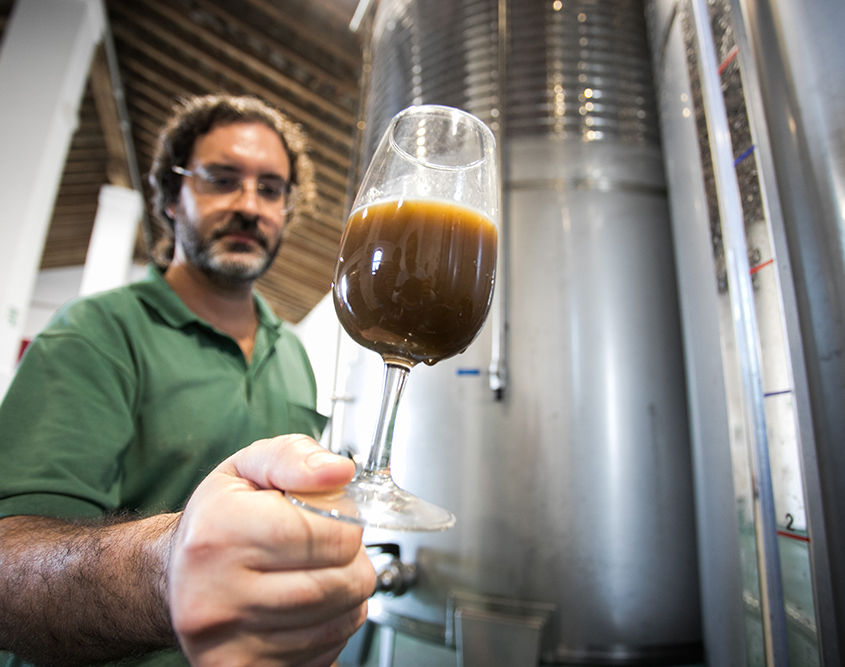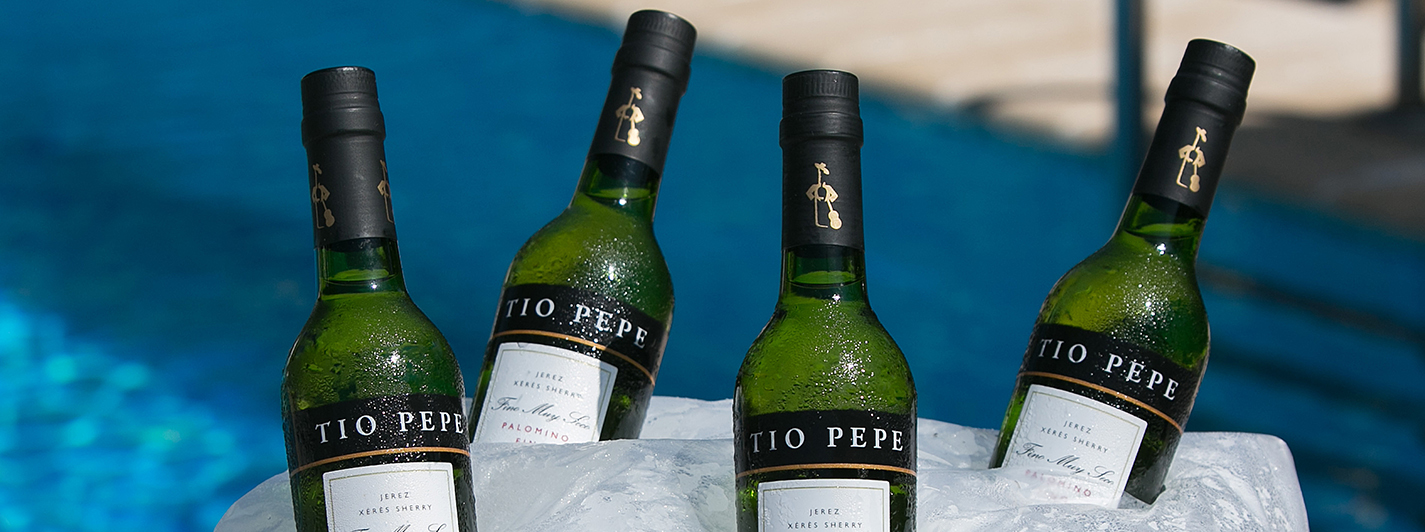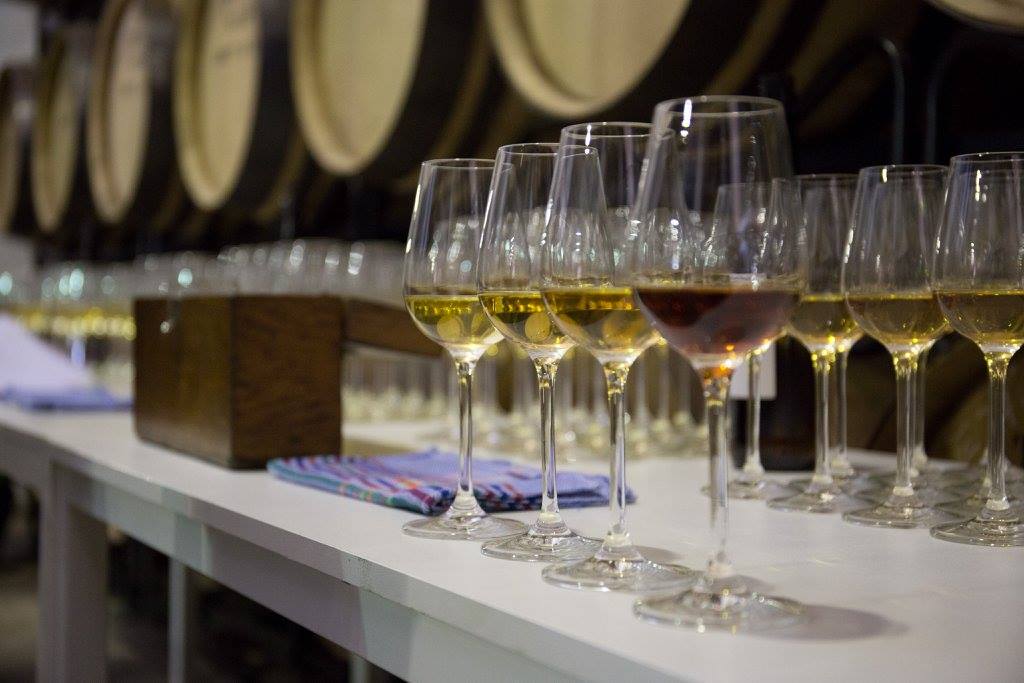
Vinify the Pedro Ximénez Grape
HOW DO WE VINIFY THE PEDRO XIMÉNEZ GRAPE?
Having successfully completed our first vinification of Pedro Ximénez grapes at our Lagar de Viña Canariera facility, we are rather like kids in a candy store. We have restored the 19th century wine-making facility and turned it into a grape pressing plant in the style of those that existed long ago, right at the heart of the Carrascal estate. We are immensely proud of it! Whist the Pedro Ximénez grape is gaining great ground in terms of both production and consumption in both the domestic and the international marketplaces, González Byass has always grown it. Over the last few years we have extended plantings to a total of more than 30 hectares of PX at the very heart of the Pago de Carrascal, an area that is very well protected from the easterly and westerly winds and is an environment where the variety flourishes. Below, we explain the process that this grape was traditionally subjected to in Jerez and that is now being re-introduced to create a must with extraordinarily high sugar levels. The R, D + I and Production teams at González Byass have done excellent work in record time.
RAISINING
The grapes are left out in the sun for a minimum of 10 days on ‘hammocks’ called paseras. Half way through every bunch is turned over so that it dries out on both sides. The grapes lose around 40% of their water content whilst the sugar concentration, measured in Baumé, is douled.
PRESSING
The next step is to gather up the raisined grapes, a job that, like placing the grapes in the pasera, requires a considerable amount of manpower. Once the crate of grapes has been weighed, it is emptied into the crusher, which starts to split the raisined fruit. An Archimedean screw goes through the crusher that feeds the crushed grapes into the pneumatic press inside the lagar. Once inside the lagar, the press completes a first press, producing a very thick, dark must with an extremely high concentration of sugar.
THE MUST
The must produced by the pneumatic press is racked off into one of the tanks. Once the first press is finished, the raisins are unloaded, with the remains of the must, onto a conveyor belt. From there they are transferred into the “9508 cages”, alternated with several layers of esparto mats. Vertical press is used for a second press, under greater pressure, which yields a slightly sweeter must than the one from the horizontal press. This is then transferred to another tank. Once this pressing is finished, the marc is removed. Photo of the must collected from the tanks. It could be said that it is similar to honey and it has a spectacularly sweet aroma.






